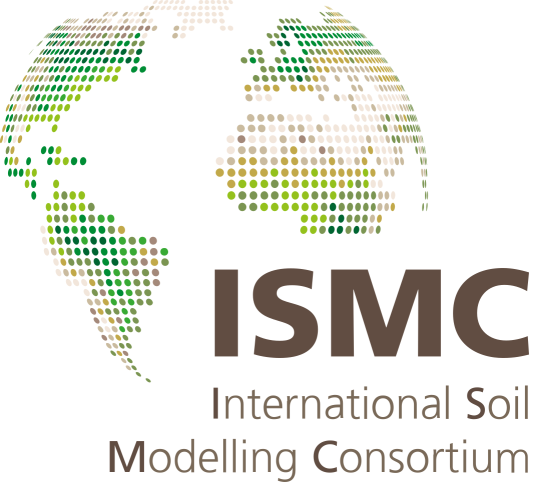Modelling the effects of fertiliser solubility and soil buffer power on phosphorus uptake by spring wheat using an image-based approach
- Bioengineering Sciences Research Group, Department of Mechanical Engineering, School of Engineering, Faculty of Engineering and Physical Sciences, University of Southampton, Southampton, UK (katherine.williams@soton.ac.uk)
Phosphorus (P) is critical for plant growth and can limit crop yields, but rock phosphate (the primary source of agricultural P) is a finite resource which is predicted to run out within 50-250 years. However, since P is important for short-term yield gains, it is often over-applied, causing run-off and water pollution. It is crucial to apply the right fertilisers at the most efficient rate, time, and place to protect our food security and environment for the future.
Optimal application requires an understanding of the processes affecting P availability to plants. Fertilisers range from soluble in water (e.g TSP) to only slightly soluble (e.g. struvite). However, experiments testing the efficacy of fertilisers with different solubilities have reached variable results. Standard soil testing methods sample at fixed time points, while the dissolution, diffusion, sorption and uptake of P are dynamic processes, so to make predictions we must understand those dynamics.
We used image-based modelling to investigate the predicted effects of dissolution rate and soil buffer power on P uptake by spring wheat root systems taken from X-ray CT images. We added a P source to represent a fertiliser granule and modelled the predicted P uptake based on 1 day, 1 week, and 14 week dissolution of the same amount of P for two realistic soil buffer powers.
We demonstrated that rapid dissolution increased short-term root uptake, but dissolution over 1 week did not differ from dissolution over 1 day. We also found that root system architecture has a large effect on the efficiency of a P fertiliser pellet, highlighting the importance of application location. These results provide a starting point for predictive modelling of the efficacy of different P fertilisers in different soils, and our image-based approach gives the ability to add different root architectures for different species or varieties.
How to cite: Williams, K., McKay Fletcher, D., Petroselli, C., Ruiz, S., Walker, N., and Roose, T.: Modelling the effects of fertiliser solubility and soil buffer power on phosphorus uptake by spring wheat using an image-based approach, 3rd ISMC Conference ─ Advances in Modeling Soil Systems, online, 18–22 May 2021, ISMC2021-12, https://doi.org/10.5194/ismc2021-12, 2021.

